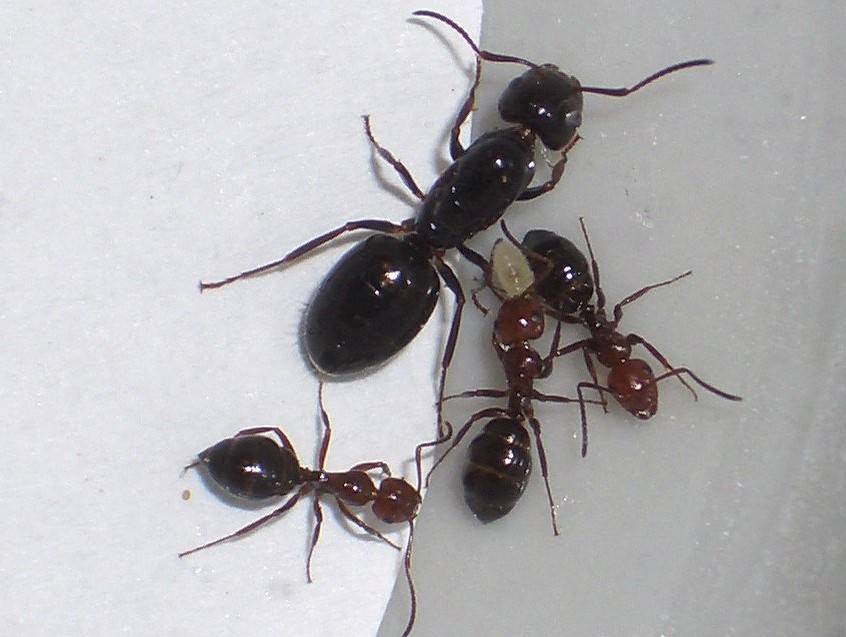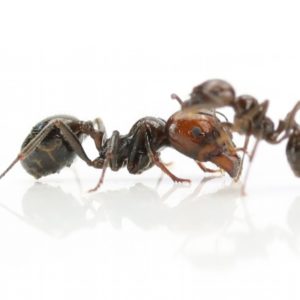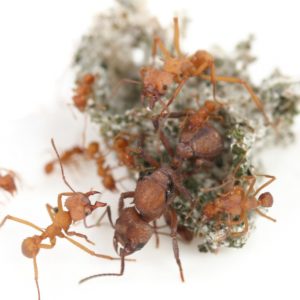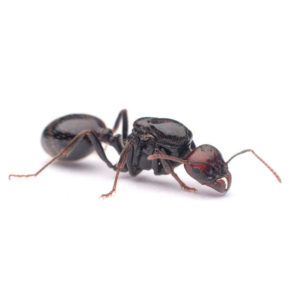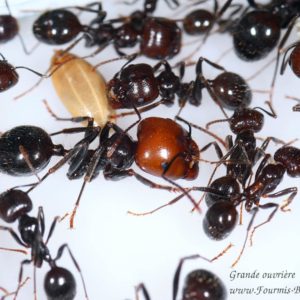Camponotus lateralis with Queen + 1 to 4 workers
19,00€
A small two-tone Camponotus with some size differences between workers. Very low humidity requirement. Likes to live in the woods.
Out of stock
Description
Camponotus lateralis and our Charter on Ants:
– Raised by a specialist in optimal conditions, guaranteed free of parasites,
– Health demonstrated by the laying of the queen and the presence of brood at shipment,
– No “boost” (addition brood or external workers to sell the colonies faster),
– Guaranteed delivery in good health: partial refund in case of loss of workers, total in case of loss of the queen (if delivered within 48 hours),
– Supplied with a care sheet and a health sheet,
– Species present in France, non-invasive and not threatened,
– Colony taken back and costs covered if you wish to part with it (see conditions).
______________________________________________________________________________________________
This pretty Camponotus lateralis from the south of France has a coloring similar to Crematogaster and also appreciates dry environments. She appreciates aphid honeydew and therefore all the sweet and protein liquids that she massively stores in her stomach. The swelling is particularly noticeable on this species.
Like most Camponotus species, major workers are present. These are large workers, almost as large as the queen, which are used to store food and defend the colony. The coloring of the head is well marked, very red and pleasant to observe.
Camponotus lateralis is usually found throughout southern Europe and enjoys living in dead wood. Its colonies have relatively few workers, about 2000 at adult size. It can be raised in a Plexiglas nest without any problem, or in many environments provided it is relatively dry.
Since Camponotus lateralis needs very little humidity, the nest should be moistened very slightly. However, no species can really live in a totally dry nest.
Size of the queen: 7 to 10mm.
Size of the workers: 3 to 7mm.
Recommended day temperature: 27°C
Night temperature: 19 to 24°C
Wintering: 2 months at 10-18°C.
Food: sugary liquids and proteins, possibly insects and solid foods.

